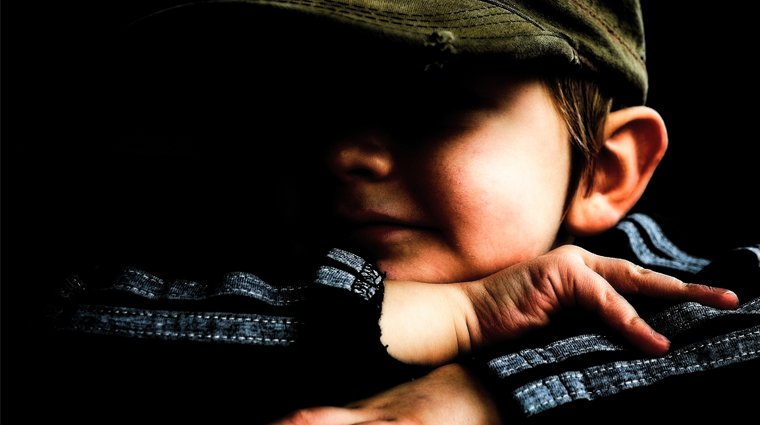Mental health in schools and DV
PRESS DEMOCRAT CLOSE TO HOME
By Madeleine Keegan O’Connell, CEO, YWCA Sonoma County
October 2016
In the age of sound bites and viral memes, it is heartening to see in-depth, quality news from, National Public Radio; specifically, the thoughtfulness of its multi-part series, “Mental Health in Schools: A Hidden Crisis Affecting Millions of Students”. The report focused on a little-known fact: that domestic violence in the home of even one student can affect the entire class.
NPR cites research showing that between 10 and 20 percent of children are exposed to domestic violence each year. The National Coalition to End Domestic Violence estimates that nearly 20 people per minute are physically abused by an intimate partner in the United States. During one year, this amounts to more than 10 million women and men. The CDC reports that one in four women and one in seven men have been victims of some form of physical violence by an intimate partner within their lifetime. Suffice to say, domestic violence is a reality in the homes of a lot of kids in the U.S.
Further research and data only confirm what teachers and school counselors already know: despite the fact that the violence happens at home, its impact resonates in the classroom. Kids who witness domestic violence are more likely to get in trouble at school and have behavioral problems, including being aggressive and bullying their classmates. Acting out takes the teacher’s attention, interrupts learning and the flow of the lesson in progress. Experts believe children view school as a place where they can be powerful at a time when they feel so powerless at home.
So what is the answer to violence at home becoming disruption in school? NPR’s conclusion: report domestic violence when it happens. Once a parent reports the abuse, the healing can begin. Children see that an adult is willing to stand up for what is right; in many cases, those adults are able to make positive changes for themselves and their children. Reporting domestic violence to the school allows teachers and counselors to be informed and gives them the chance to get involved.
As a community, we have a vested interest in helping families struggling with violence in the place they should feel the most safe – their own homes. If the home life of these children gets better, things will also get better for their classmates and the entire community.
October is Domestic Violence Awareness Month (DVAM). There are three things that I ask you to do:
Learn the signs of domestic violence because your friend, family member or coworker may be exhibiting these. If you have school age children, educate them and discuss with them the telltale signs of abuse – they may have classmates struggling from the effects of violence in their homes.
If you need support for yourself, or someone close to you please call YWCA Sonoma County’s 24/7 domestic violence crisis hotline 546-1234.
Visit our website to see our DVAM calendar of events, and learn how you can support us in our mission to keep Sonoma County families safe from harm.

